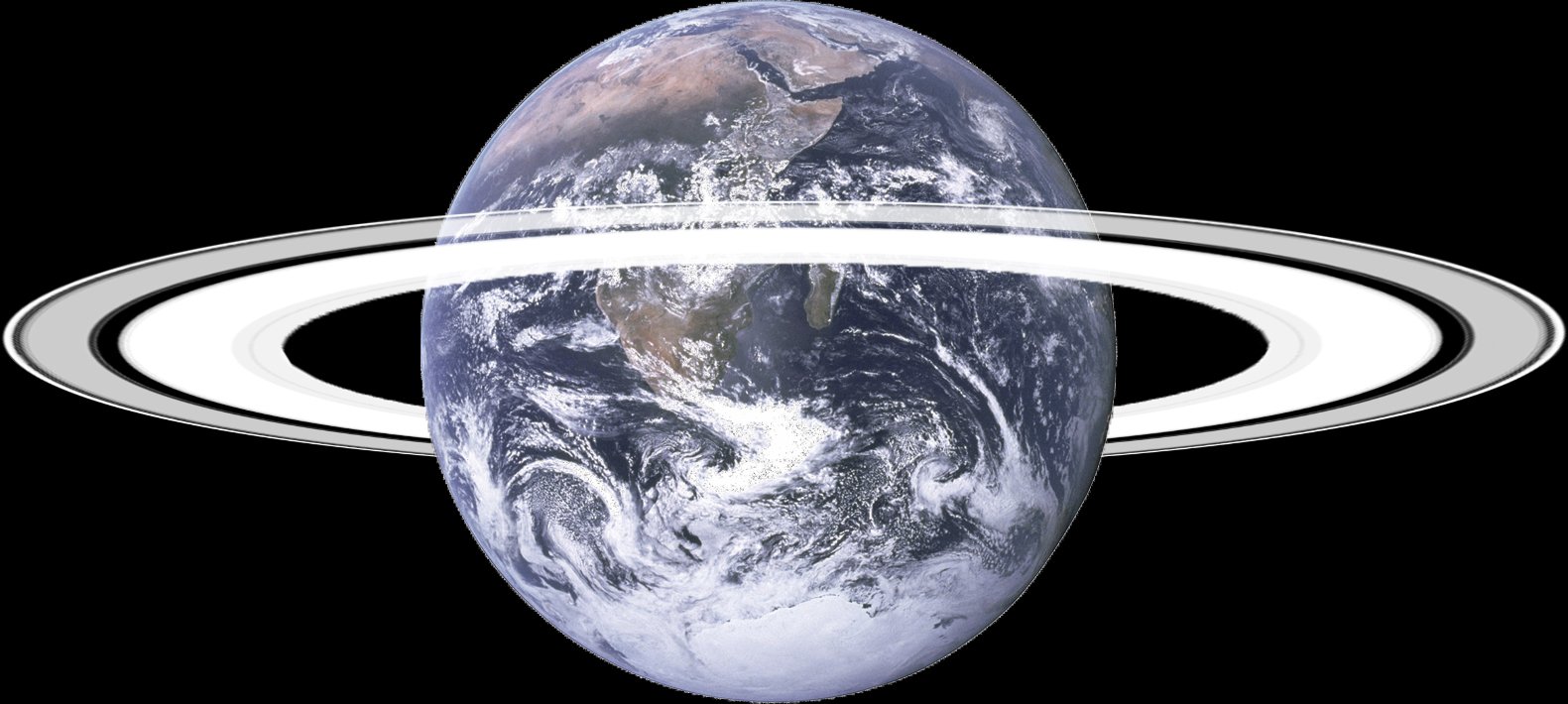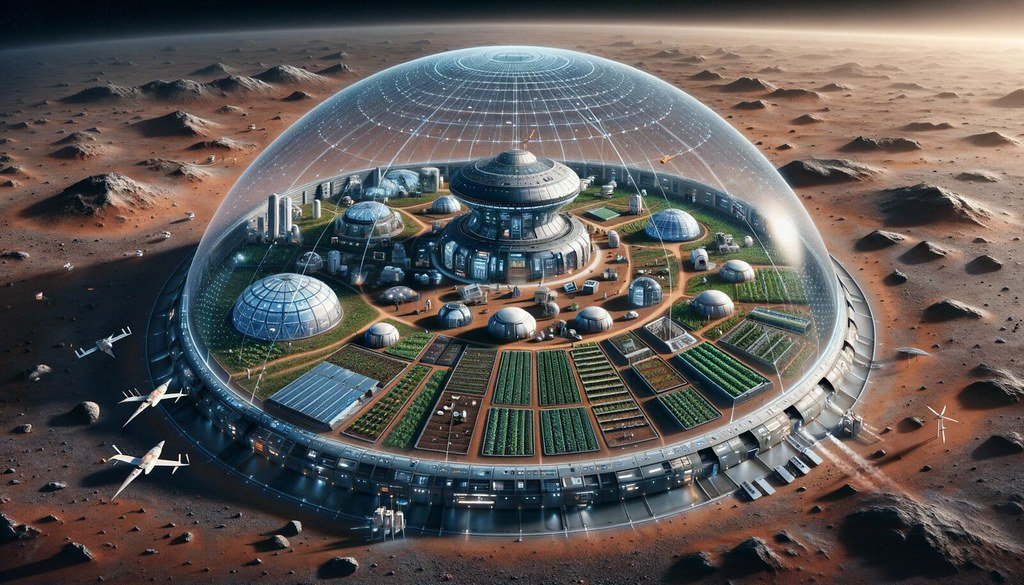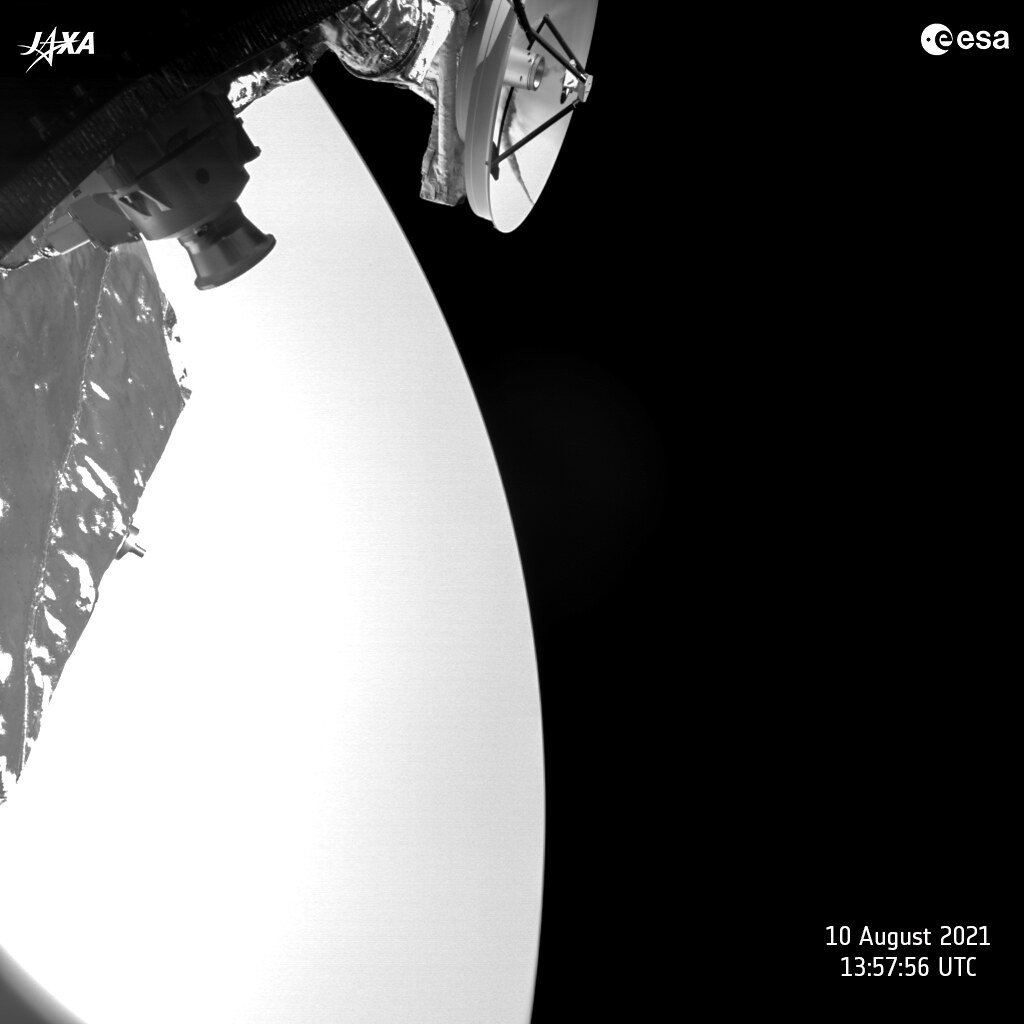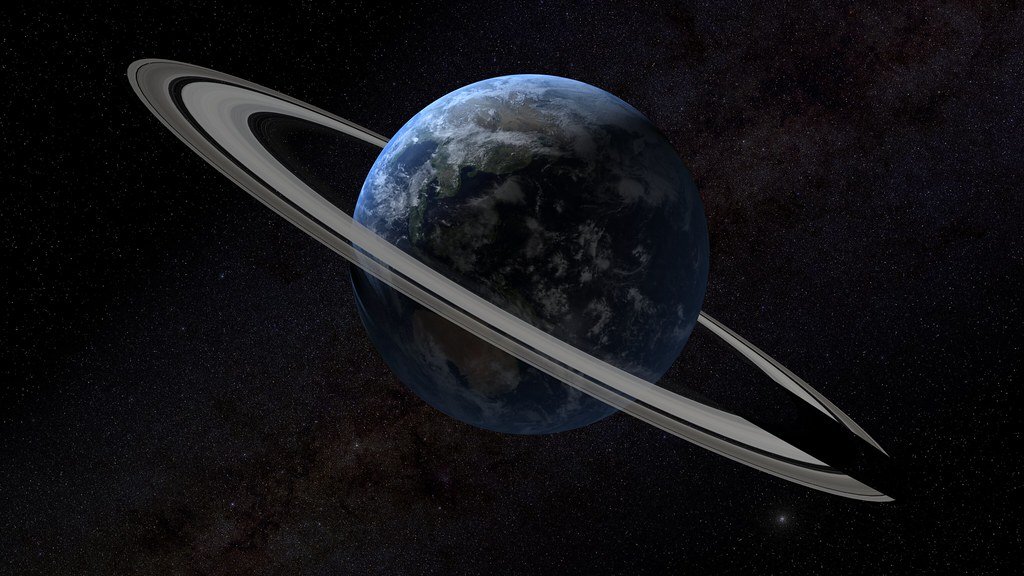Picture this: you step outside on a crisp morning, coffee in hand, and instead of the familiar blue expanse above, you’re greeted by a breathtaking arc of shimmering particles stretching across the sky. The rings catch the sunlight, creating a celestial highway that seems to connect the horizons. This isn’t science fiction – it’s what our world might look like if Earth had developed rings like Saturn’s magnificent system.
The idea sounds almost magical, doesn’t it? But the reality of planetary rings would reshape everything we know about life on Earth. From the way we navigate by the stars to how our ancestors might have developed mythology, from the very climate patterns that sustain life to the delicate dance of our ocean tides – rings would fundamentally alter the story of our planet.
The Spectacular Visual Transformation

Earth’s rings would create the most dramatic sky show imaginable, visible from virtually every point on our planet’s surface. Unlike Saturn’s rings, which we can only observe through telescopes, Earth’s rings would dominate our daily visual experience. The rings would appear as luminous bands stretching across the sky, their brightness varying with the time of day and our position on the planet.
During daylight hours, the rings would create a subtle shimmer against the blue sky, similar to how high-altitude clouds catch sunlight. At sunrise and sunset, they would explode into brilliant displays of color – oranges, reds, and golds reflected off countless particles. The night sky would never be truly dark again, as the rings would catch and reflect moonlight, creating a permanent celestial glow.
The view would change dramatically based on your location on Earth. People living near the equator would see the rings edge-on, appearing as a thin line bisecting the sky. Those in mid-latitudes would witness the rings at an angle, creating spectacular arcs that would become wider and more impressive as you moved toward the poles.
How Earth’s Rings Would Form

For Earth to develop rings, some catastrophic event would need to occur – and the most likely scenario isn’t pretty. The most probable cause would be a massive asteroid or comet impact that either shattered one of our moons or created enough debris to form a ring system. Alternatively, a large moon could spiral too close to Earth, crossing what scientists call the Roche limit, where tidal forces would tear it apart.
Another possibility involves the capture of a passing asteroid or small moon that gets trapped in Earth’s gravitational field. Over time, collisions and gravitational forces would break this object into countless smaller pieces, gradually spreading into a ring formation. The process wouldn’t happen overnight – it could take thousands or even millions of years for a stable ring system to establish itself.
The composition of Earth’s rings would likely differ significantly from Saturn’s ice-rich system. Our rings would probably contain more rock and metal, reflecting the composition of asteroids and the rocky bodies in our inner solar system. This would make them darker and less reflective than Saturn’s brilliant ice rings, but they would still create stunning visual effects.
The Impact on Earth’s Climate Systems

Earth’s rings would act like a massive umbrella, blocking a significant portion of sunlight from reaching our planet’s surface. This could trigger a global cooling effect, potentially plunging Earth into an ice age that could last for millennia. The amount of cooling would depend on the density and coverage of the ring system, but even a relatively sparse ring could reduce global temperatures by several degrees.
The rings would create complex shadow patterns on Earth’s surface, with some regions experiencing more blocked sunlight than others. Areas directly under the densest parts of the rings might struggle to support agriculture, while regions with clearer ring coverage could become the new breadbaskets of the world. These shadow patterns would shift over time as the rings evolved and particles redistributed.
Weather patterns would become far more complex and unpredictable. The rings would interfere with the normal circulation of air masses, potentially disrupting monsoon patterns, jet streams, and other crucial weather systems. Some regions might experience longer winters or cooler summers, while others could see their seasonal patterns completely altered.
Revolutionary Changes to Ocean Tides

While the rings themselves wouldn’t directly affect tidal patterns, their formation would likely result from events that dramatically alter Earth’s gravitational environment. If the rings formed from a shattered moon, we would lose a significant source of tidal force, leading to much smaller and less predictable tides. Coastal ecosystems that depend on regular tidal cycles would face unprecedented challenges.
The absence of strong tidal forces could have cascading effects on marine life. Many species have evolved to take advantage of tidal movements for feeding, reproduction, and migration. Without these reliable patterns, coastal food webs could collapse, affecting everything from tiny plankton to large marine mammals. The rhythm of the ocean, which has remained constant for billions of years, would be fundamentally disrupted.
Human activities would also be severely impacted. Coastal cities that rely on tidal power generation would need to find alternative energy sources. Navigation near shorelines would become more challenging without predictable tidal patterns. Even the simple pleasure of beachcombing would change, as the regular cycle of high and low tides that brings treasures to shore would be greatly diminished.
Navigation and Astronomical Consequences

For thousands of years, humans have used the stars for navigation, but Earth’s rings would completely transform this ancient practice. The rings would create a permanent reference point in the sky, visible from almost anywhere on Earth. This could actually make navigation easier in some ways, as the rings would provide a constant celestial landmark that doesn’t move with the seasons.
However, the rings would also interfere with astronomical observations. Ground-based telescopes would face significant challenges, as the rings would scatter and block light from distant stars and galaxies. This could set back our understanding of the universe by centuries, as we would struggle to observe faint celestial objects beyond our ring system. Space telescopes would become absolutely essential for serious astronomical research.
The rings would also affect satellite operations and space travel. Launching rockets through the ring system would be extremely dangerous, as collisions with ring particles could destroy spacecraft. We might need to develop new launch trajectories or even ground-based launch systems to avoid the densest parts of the rings. The International Space Station and other orbital facilities would face constant bombardment from ring particles.
The Biological Impact on Life Forms

Earth’s ecosystems would face unprecedented challenges from the reduced sunlight caused by the rings. Plants, which form the foundation of most food webs, would struggle to photosynthesize efficiently. Many species would likely go extinct, while others would need to adapt rapidly to the new conditions. The reduced light levels could favor different types of plants, potentially leading to dramatic shifts in vegetation patterns worldwide.
Nocturnal animals would face particular challenges, as the rings would create a permanent glow in the night sky. Many species rely on true darkness for hunting, mating, and navigation. The constant light pollution from the rings could disrupt migration patterns, breeding cycles, and predator-prey relationships. Animals that have evolved to use moonlight for navigation might become confused by the additional light sources.
Marine ecosystems would also be affected by the reduced sunlight reaching the ocean surface. Phytoplankton, which forms the base of the marine food web, requires sunlight for photosynthesis. A significant reduction in marine primary productivity could cause fish populations to crash, affecting everything from commercial fishing to marine mammals. The entire ocean food web could face a fundamental restructuring.
Cultural and Mythological Transformations

Human culture would have evolved completely differently if Earth had always possessed rings. Ancient civilizations would have developed entirely different mythologies, religions, and calendar systems based on the rings’ appearance and behavior. The rings would likely be seen as a bridge between Earth and the heavens, featuring prominently in creation myths and religious ceremonies across all cultures.
Art and literature would be transformed by the constant presence of these celestial features. Instead of gazing at the moon or stars for inspiration, poets and artists would draw from the ever-changing patterns of the rings. Architecture might even be designed to frame or complement the rings’ appearance, with buildings oriented to provide the best views of these natural wonders.
Our understanding of time and seasons would be different as well. While we currently mark time by the sun and moon, ring-shadowed Earth would develop new ways to measure days and seasons. The shifting shadows and light patterns created by the rings would become integral to human timekeeping, creating a civilization that thinks about time in fundamentally different ways.
Atmospheric and Air Quality Changes

The presence of rings would continuously add particles to Earth’s atmosphere as tiny fragments break off and burn up during atmospheric entry. This constant influx of material could change the composition of our atmosphere over time, potentially affecting air quality and atmospheric chemistry. The burning particles would create frequent meteor showers, filling the sky with streaks of light on a regular basis.
These atmospheric changes could have both positive and negative effects. On one hand, certain particles might help seed cloud formation, potentially affecting precipitation patterns. On the other hand, the constant addition of foreign material could create air quality issues, particularly in regions where the atmospheric entry of ring particles is most common. People with respiratory conditions might face new challenges from this cosmic dust.
The spectacular meteor showers would become a regular part of Earth’s natural phenomena. What we currently consider rare and special events would happen nightly, creating a world where shooting stars are as common as clouds. While beautiful, this could also pose risks to aircraft and satellites, which would need to be designed to withstand more frequent encounters with space debris.
Gravitational Effects and Orbital Mechanics

Although the rings themselves would be composed of relatively small particles, the process that created them would likely alter Earth’s gravitational field. If the rings formed from a destroyed moon, the redistribution of that mass would change how Earth interacts with other celestial bodies. This could affect everything from our planet’s orbit around the sun to the stability of our remaining satellites.
The rings would also influence the behavior of any remaining moons or artificial satellites. Objects orbiting Earth would need to navigate through or around the ring system, potentially limiting the orbital paths available for satellites. This could affect everything from GPS systems to weather monitoring satellites, requiring entirely new approaches to space technology and satellite placement.
Over long periods, the rings would slowly spiral inward due to atmospheric drag and gravitational interactions. This process would take millions of years, but it means that ring systems are temporary features in planetary evolution. Eventually, the ring particles would either crash into Earth or be ejected into space, leaving our planet ringless once again.
Agricultural and Food Production Challenges

The reduced sunlight from Earth’s rings would create a global agricultural crisis that would reshape human civilization. Crops that require full sunlight would struggle to grow, forcing farmers to develop new varieties adapted to lower light conditions. Traditional farming regions might become unsuitable for agriculture, while areas with better ring coverage could become premium farmland.
Food production would likely shift toward crops that can thrive in partial shade, such as certain leafy greens and root vegetables. Greenhouse farming would become essential, as controlled environments would be needed to provide adequate light for many crops. This could lead to a revolution in agricultural technology, with artificial lighting systems becoming as important as traditional farming tools.
The global food distribution system would also need to adapt to new patterns of agricultural productivity. Regions that currently export food might become importers, while areas with better growing conditions under the rings could become the new agricultural powerhouses. This would have profound implications for international trade, economics, and geopolitics.
Technological Adaptations and Innovations

Human technology would need to evolve rapidly to cope with the challenges of living on a ringed planet. Solar panels would become less efficient due to reduced sunlight, forcing us to develop alternative energy sources or more sensitive photovoltaic cells. The space industry would need to pioneer new technologies for safely launching through the ring system and protecting spacecraft from particle impacts.
Communication systems would also face new challenges. Radio waves and other electromagnetic signals might be scattered or blocked by the rings, potentially disrupting satellite communications and GPS systems. This could force us to develop new communication technologies or find ways to work around the interference caused by the ring particles.
The constant threat of ring particles entering the atmosphere would require new monitoring and warning systems. We would need to track the movement of larger particles that could pose risks to aircraft or create dangerous meteor events. This would drive advances in space monitoring technology and atmospheric science.
Psychological and Social Implications

Living under a ringed sky would have profound psychological effects on human society. The constant presence of the rings would create a sense of being enclosed or protected, potentially affecting how humans perceive their place in the universe. Some people might find the rings comforting, while others could develop anxiety about living under such a prominent celestial feature.
The rings would also create new forms of social inequality. Areas with better views of the rings might become more desirable and expensive, while regions in the ring shadows could be seen as less valuable. This could lead to new forms of geographic discrimination and social stratification based on ring visibility and the quality of ring-lit landscapes.
Mental health patterns might also change. The constant low-level light from the rings could affect human circadian rhythms, potentially leading to sleep disorders or seasonal affective disorder-like symptoms. The lack of true darkness could make it difficult for some people to achieve restful sleep, requiring new approaches to managing human sleep cycles.
Economic and Trade Transformations

The global economy would be fundamentally altered by the presence of rings. Industries dependent on solar energy would face major challenges, while new sectors focused on ring-related technologies would emerge. The tourism industry would be revolutionized, as people would travel great distances to see the rings from different vantage points and experience their changing appearance throughout the year.
Mining and resource extraction could be transformed by the continuous supply of material from the rings. As particles fall to Earth, they would provide a steady stream of cosmic materials that could be harvested for their unique properties. This could create entirely new industries focused on collecting and processing ring debris for various applications.
International trade patterns would shift as agricultural productivity changes and new resources become available. Countries with better growing conditions under the rings would gain economic advantages, while those in permanent shadow might struggle economically. This could lead to new forms of international cooperation and conflict based on ring-related resources and advantages.
The Evolution of Human Architecture

Building design would evolve to take advantage of the unique lighting conditions created by the rings. Architects would need to consider how the rings’ shadows and reflected light affect interior spaces throughout the day and seasons. Buildings might be designed with large windows or skylights positioned to capture the best ring light, or conversely, to provide shade from excessive ring glare.
Urban planning would also be influenced by ring visibility. Cities might be designed with wide boulevards or open spaces that provide unobstructed views of the rings. Public spaces could be oriented to offer the best ring-watching experiences, similar to how some cities are designed around harbor views or mountain vistas. The rings would become a central feature in urban design considerations.
The construction industry would need to adapt to the increased frequency of meteor showers and space debris. Buildings would require stronger roofing materials and possibly protective systems to guard against impacts from larger ring particles. This could lead to new architectural styles focused on durability and protection from cosmic hazards.
Transportation and Aviation Challenges

Air travel would face unprecedented challenges from the constant presence of ring particles in the atmosphere. Aircraft would need to be designed to withstand more frequent encounters with space debris, and flight paths would need to be planned around areas of heavy particle entry. The aviation industry would need to develop new materials and technologies to protect passengers and crew from cosmic radiation and particle impacts.
Navigation systems would need to be recalibrated to account for the rings’ interference with GPS and other satellite-based systems. Pilots would need new training to navigate using the rings as reference points, similar to how ancient mariners used stars for navigation. This could actually provide backup navigation methods in case of satellite system failures.
Ground transportation might also be affected by the changing light conditions. Roads and highways would need better lighting systems to compensate for the reduced sunlight, and traffic patterns might shift as people adapt to the new daily light cycles. The transportation of light-sensitive goods would require new approaches to protect cargo from the unique lighting conditions.
Scientific Research Opportunities

Despite the challenges, Earth’s rings would provide incredible opportunities for scientific research. Having a ring system so close to home would allow us to study planetary ring dynamics in unprecedented detail. Scientists could learn about ring formation, particle behavior, and gravitational interactions that would be impossible to observe from our current distance from Saturn and other ringed planets.
The rings would also serve as a natural laboratory for studying the effects of cosmic debris on planetary atmospheres. We could observe in real-time how ring particles interact with Earth’s atmosphere, providing insights into atmospheric chemistry and dynamics. This research could help us understand similar processes on other planets and moons throughout the solar system.
Climate science would benefit from having a large-scale natural experiment in solar radiation blocking. Researchers could study how the rings affect global temperatures, weather patterns, and climate systems, providing valuable data for understanding climate change and potential geoengineering approaches. The rings would essentially create a controlled experiment in planetary climate modification.
The Future of Space Exploration

Paradoxically, having rings might both hinder and help our space exploration efforts. While launching through the rings would be dangerous, the rings would also provide a nearby source of materials for space construction. Future space missions might harvest ring particles for building materials, fuel, or other resources needed for deep space exploration.
The rings could serve as a stepping stone for developing technologies needed for exploring other ringed planets. The experience of living with and navigating around rings would give us practical knowledge that could be applied to future missions to Saturn, Jupiter, and other ringed worlds. We would become experts in ring system dynamics and particle behavior.
Space-based manufacturing could benefit from the steady supply of ring materials. Instead of launching heavy materials from Earth’s surface, we could potentially harvest what we need from the rings themselves. This could make space construction projects more feasible and economical, accelerating our expansion into the solar system.
Long-term Planetary Evolution

Over geological timescales, Earth’s rings would gradually disappear as particles either fall to the planet’s surface or are ejected into space. This process would take millions of years, during which the rings would slowly become thinner and less prominent. The gradual loss of the rings would create long-term climate changes as more sunlight reaches Earth’s surface.
The constant influx of ring material would also gradually change Earth’s mass and composition. Over millions of years, this could affect our planet’s orbit, rotation, and magnetic field. While these changes would be subtle on human timescales, they could have significant impacts on Earth’s long-term habitability and geological evolution.
The eventual disappearance of the rings would mark the end of an era in Earth’s history. Future civilizations would know about the rings only through historical records and geological evidence. The transition from a ringed to a ringless world would be a gradual process that would span many generations, creating unique challenges for long-term planning and cultural continuity.
Conclusion: A World Transformed

Living on a ringed Earth would fundamentally transform every aspect of human existence and planetary life. From the daily experience of seeing magnificent arcs of light stretch across the sky to the profound challenges of growing food in reduced sunlight, rings would reshape our world in ways both beautiful and difficult. The constant interplay between light and shadow, the disruption of natural cycles, and the need for technological adaptation would create a civilization unlike anything we can imagine.
Perhaps most remarkably, we would develop an entirely different relationship with the cosmos. Instead of seeing space as a distant frontier, we would live intimately connected to celestial mechanics, watching particles dance overhead and feeling the direct impact of cosmic forces on our daily lives. The rings would make us a truly space-faring species by necessity, not choice.
While the challenges would be immense, human ingenuity and adaptability would likely find ways to thrive under such conditions. We might even discover that rings offer unique advantages we haven’t considered – new forms of energy, materials, or even beauty that could enrich human experience in unexpected ways. What do you think would be the most surprising adaptation humans would make to life under Saturn-like rings?




